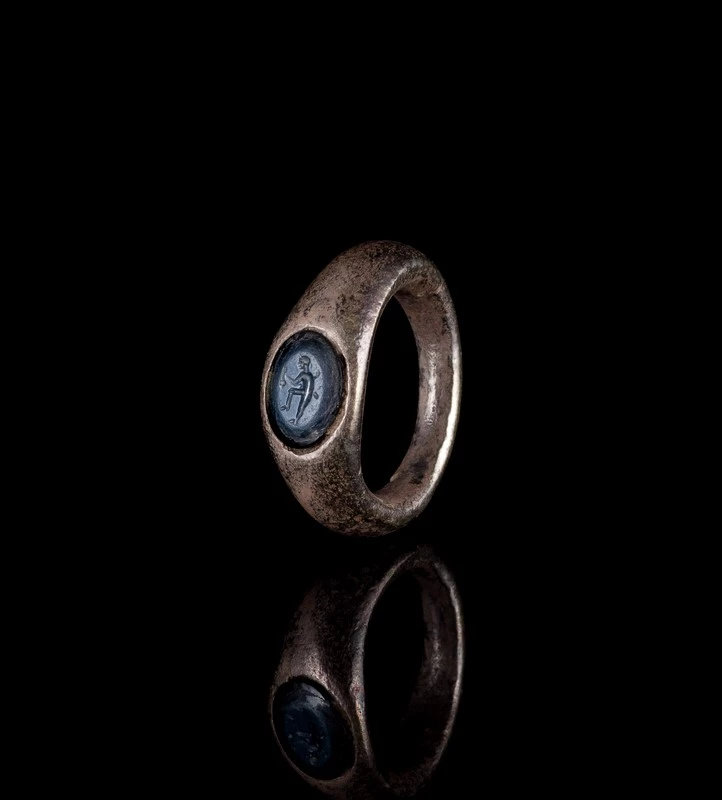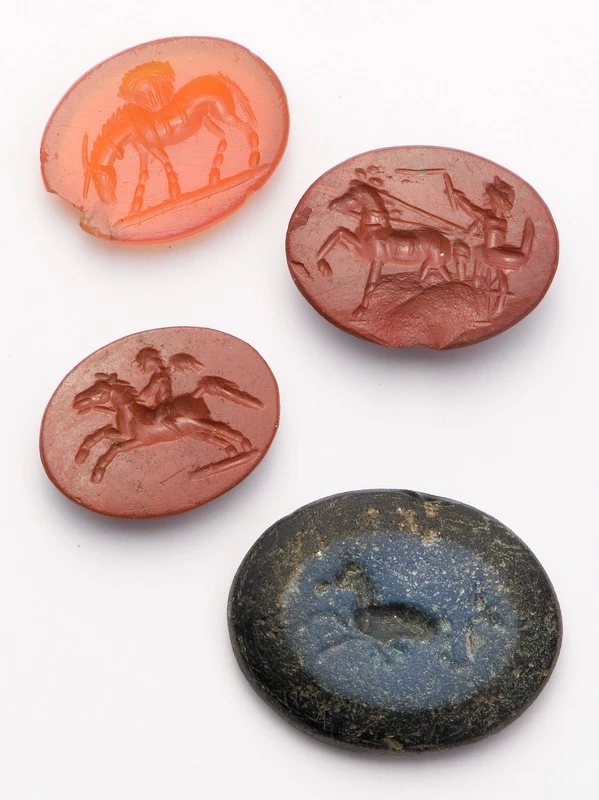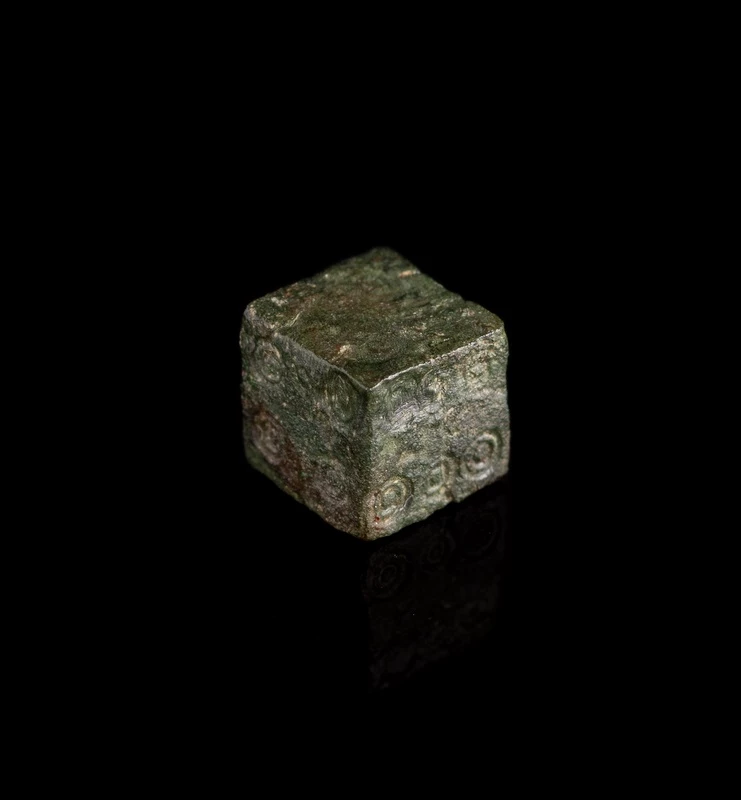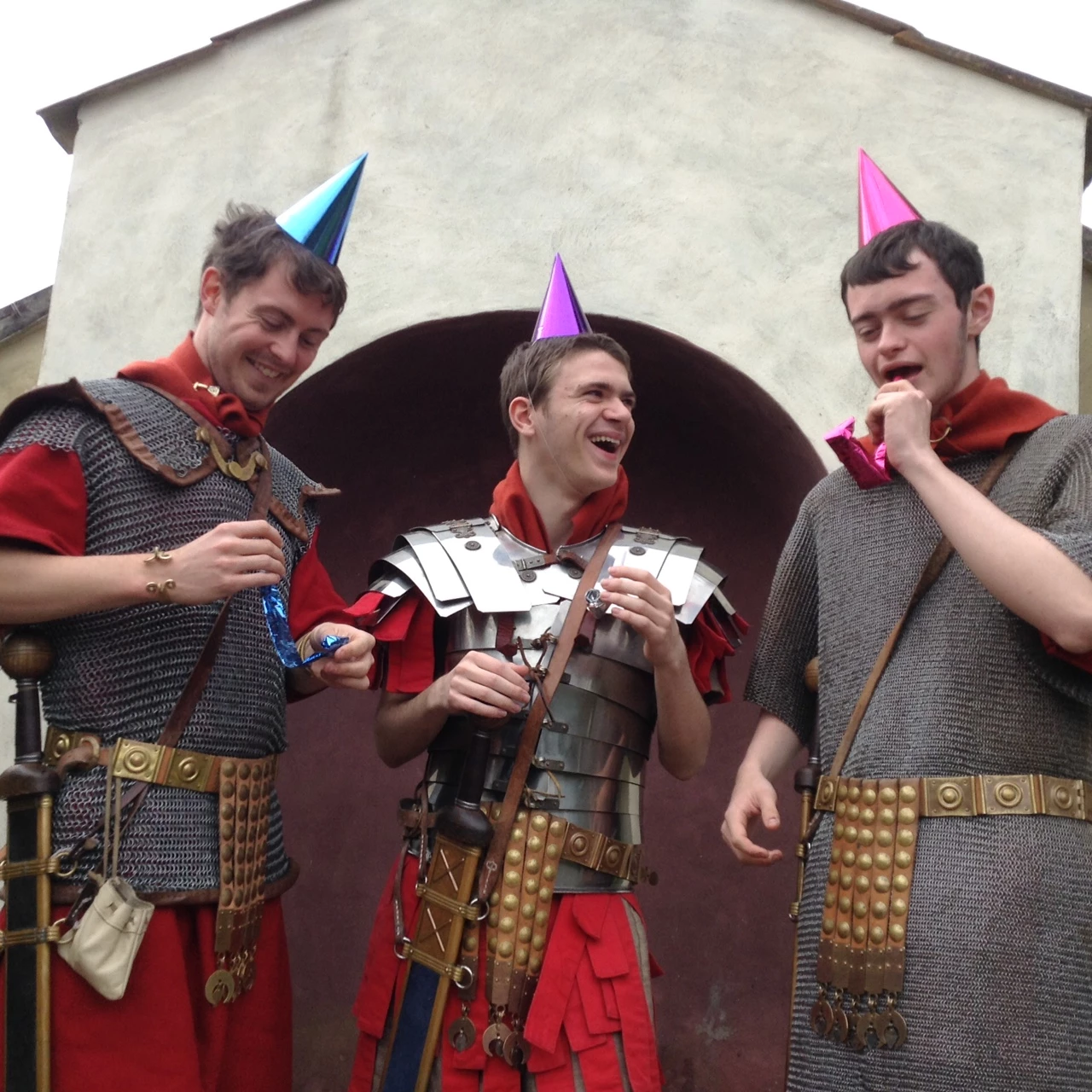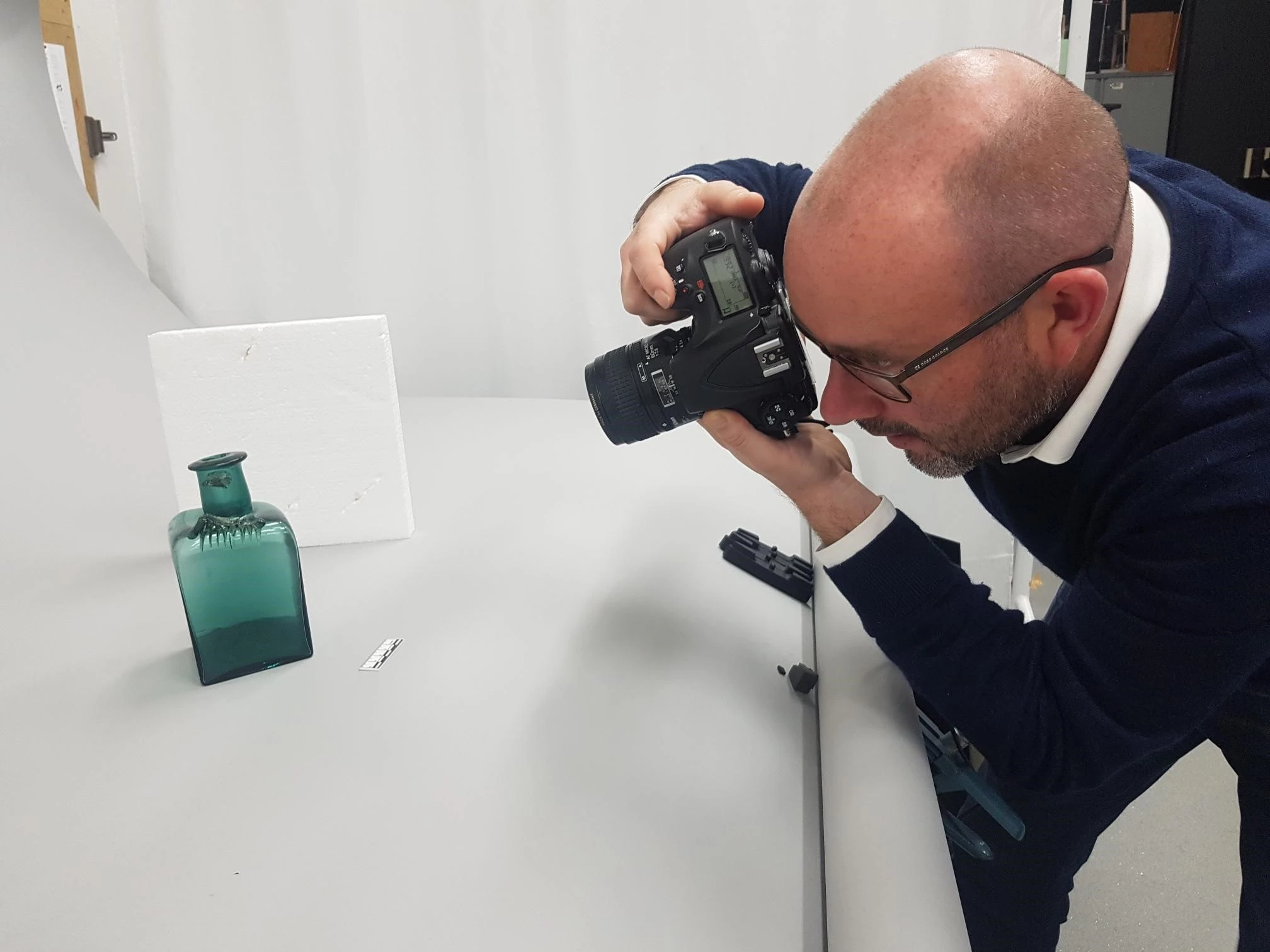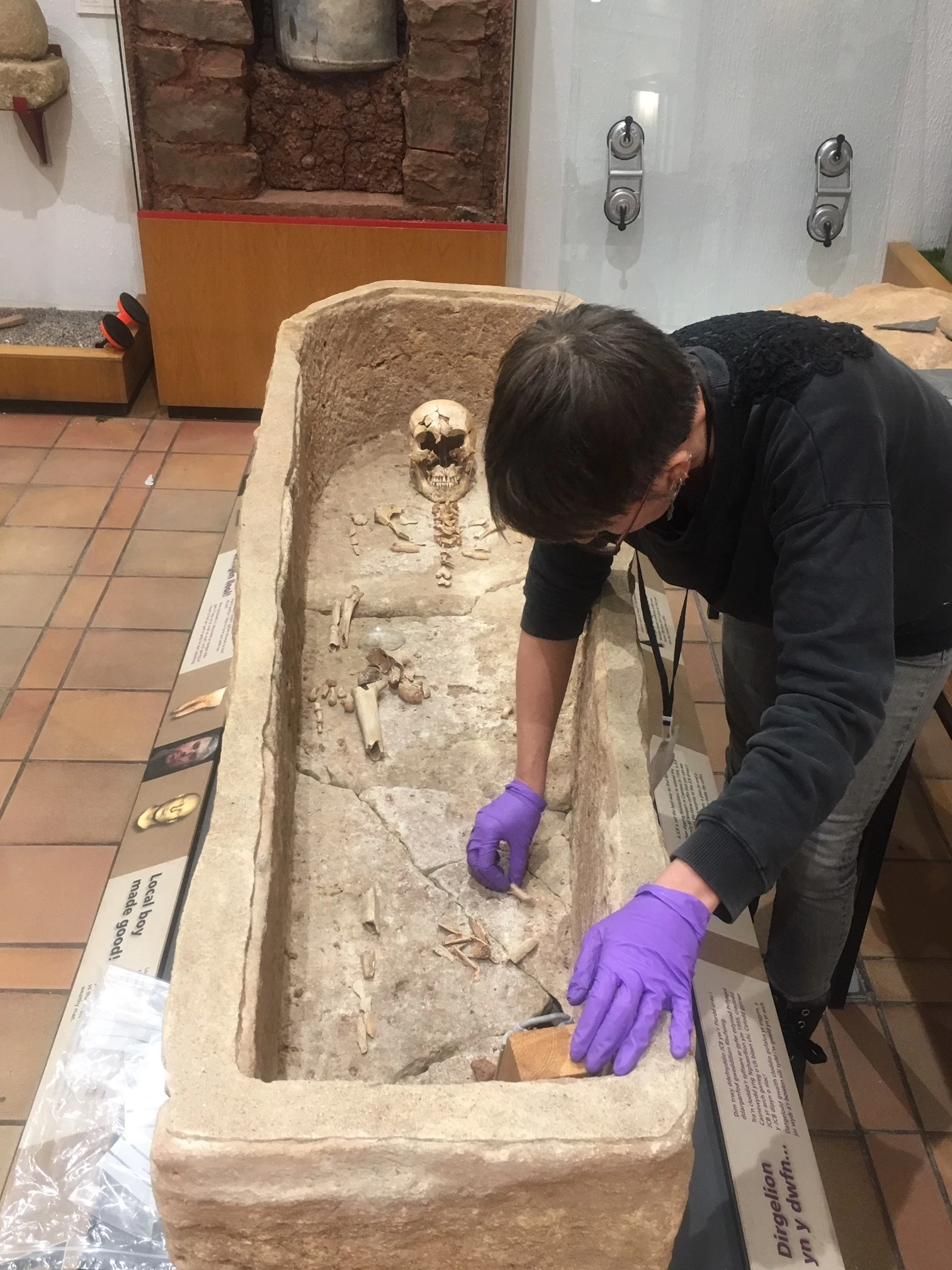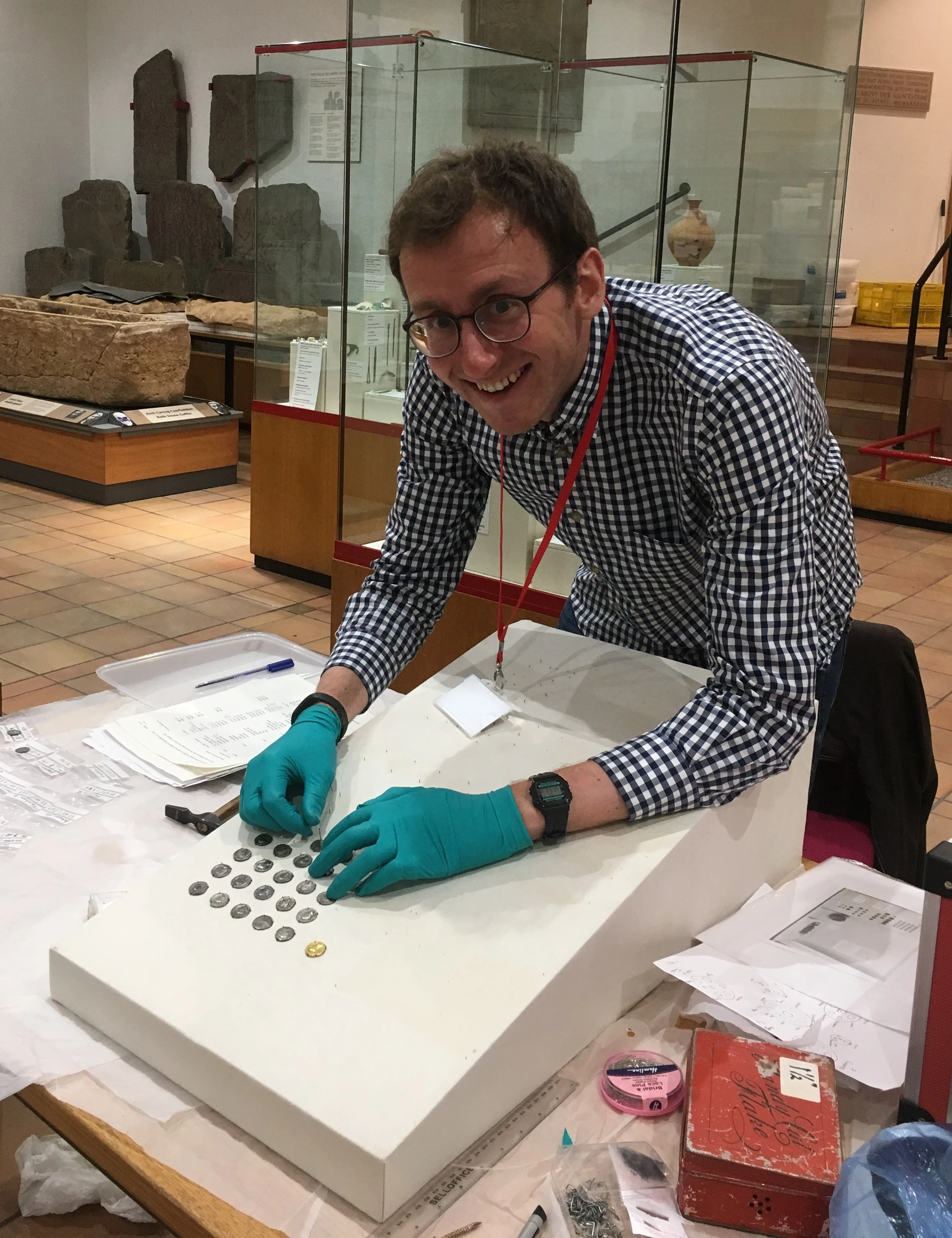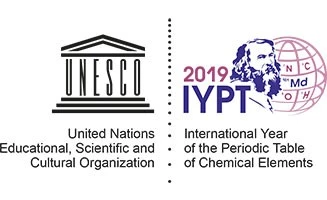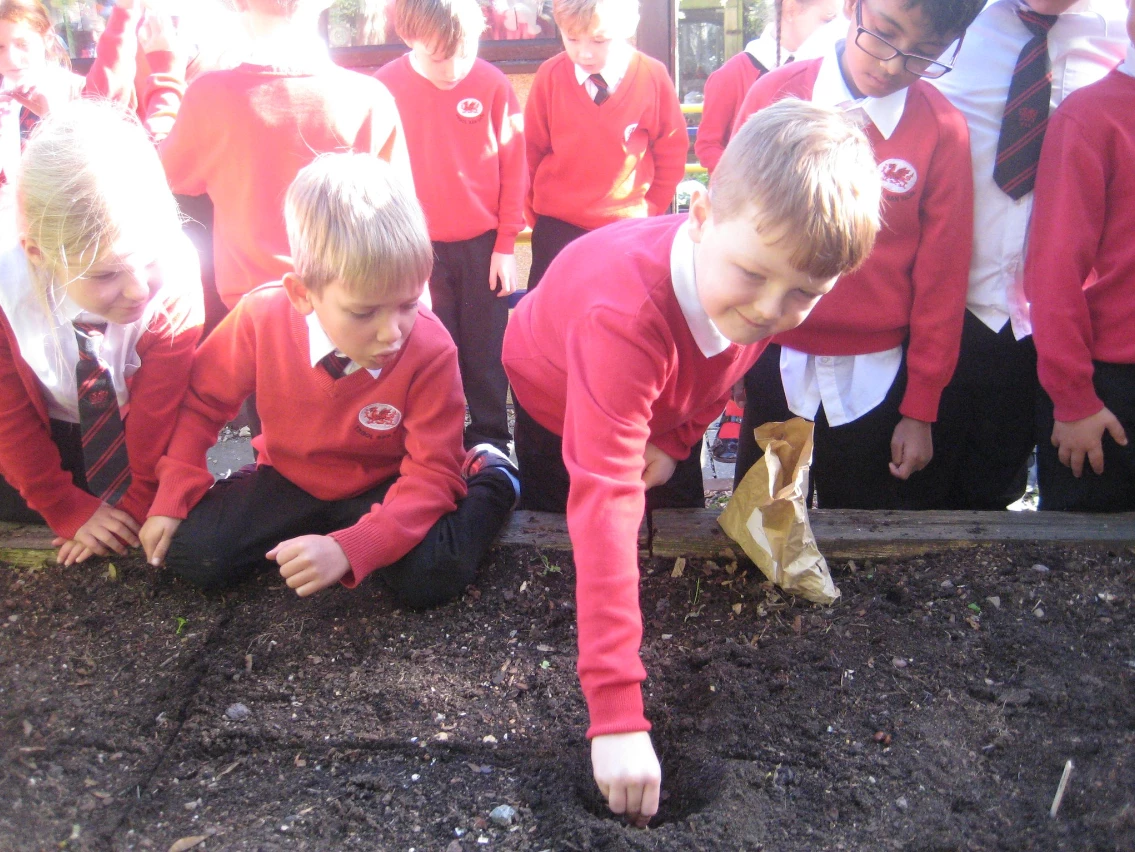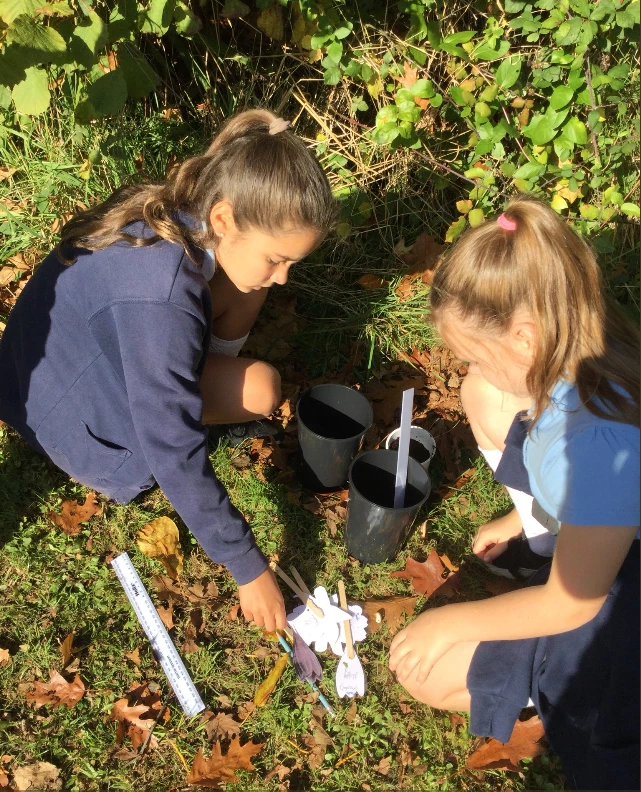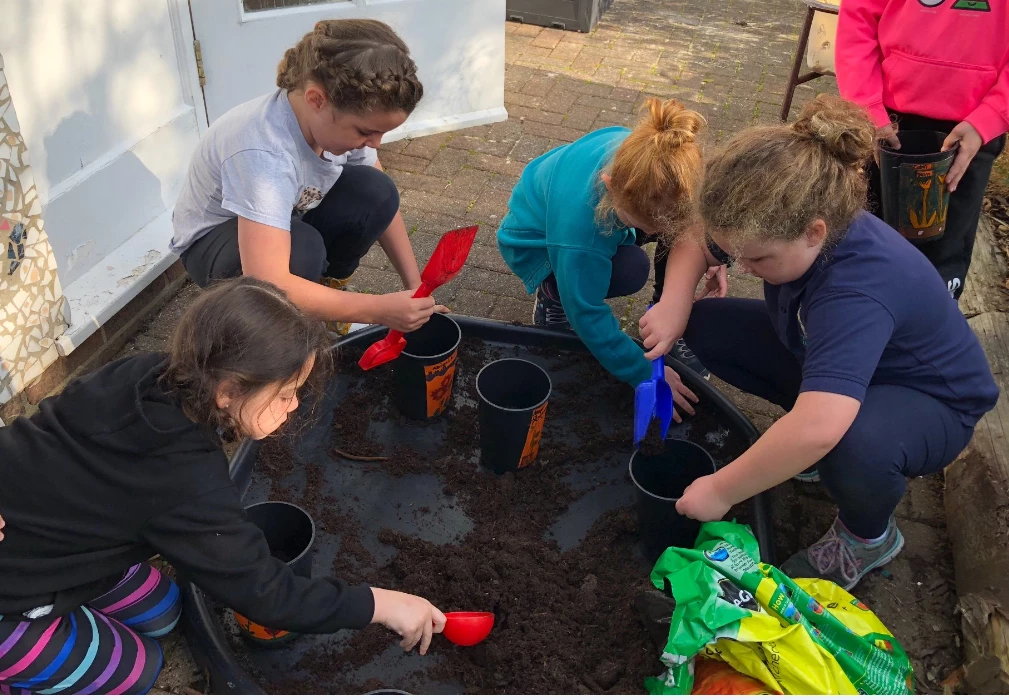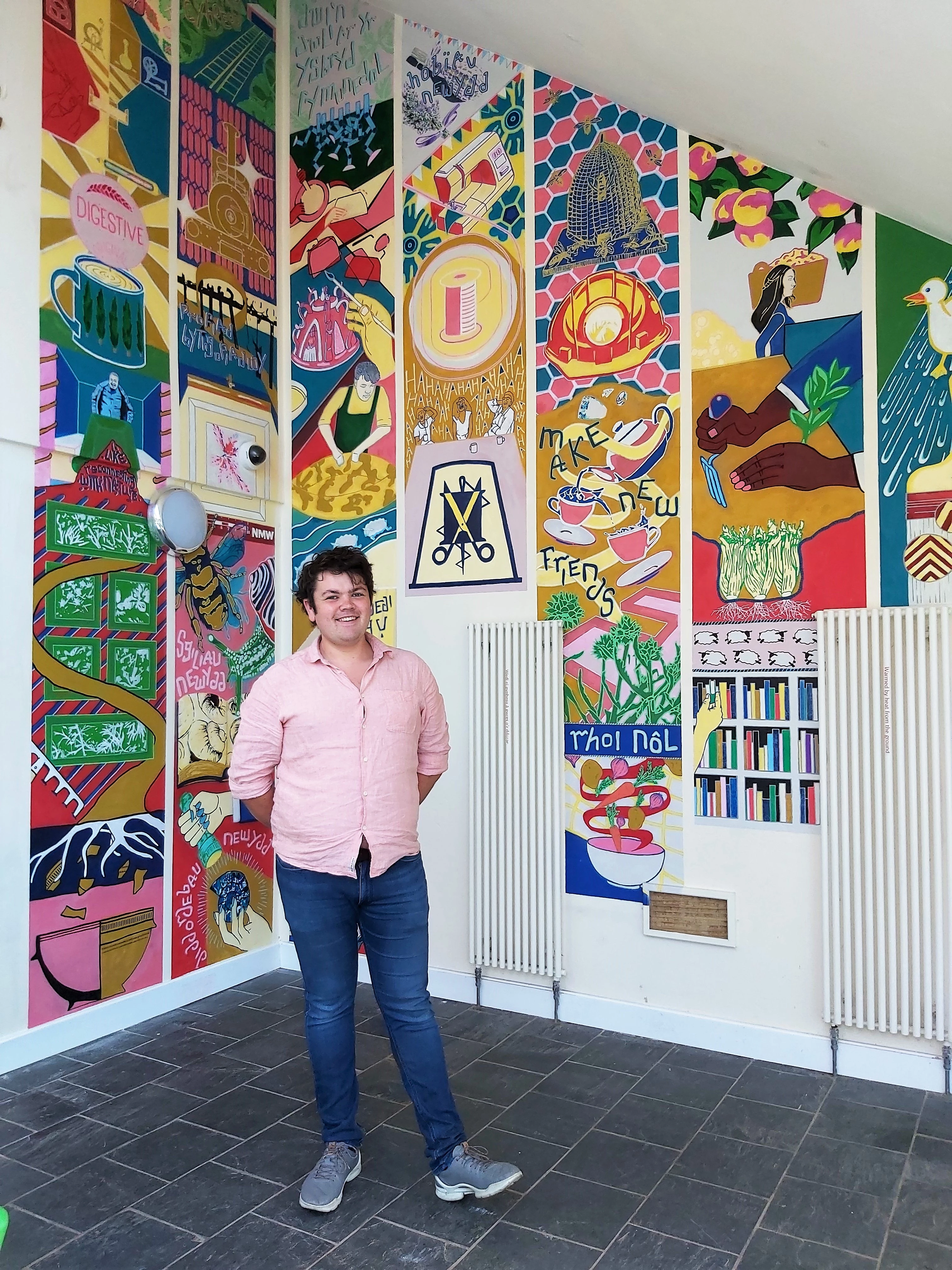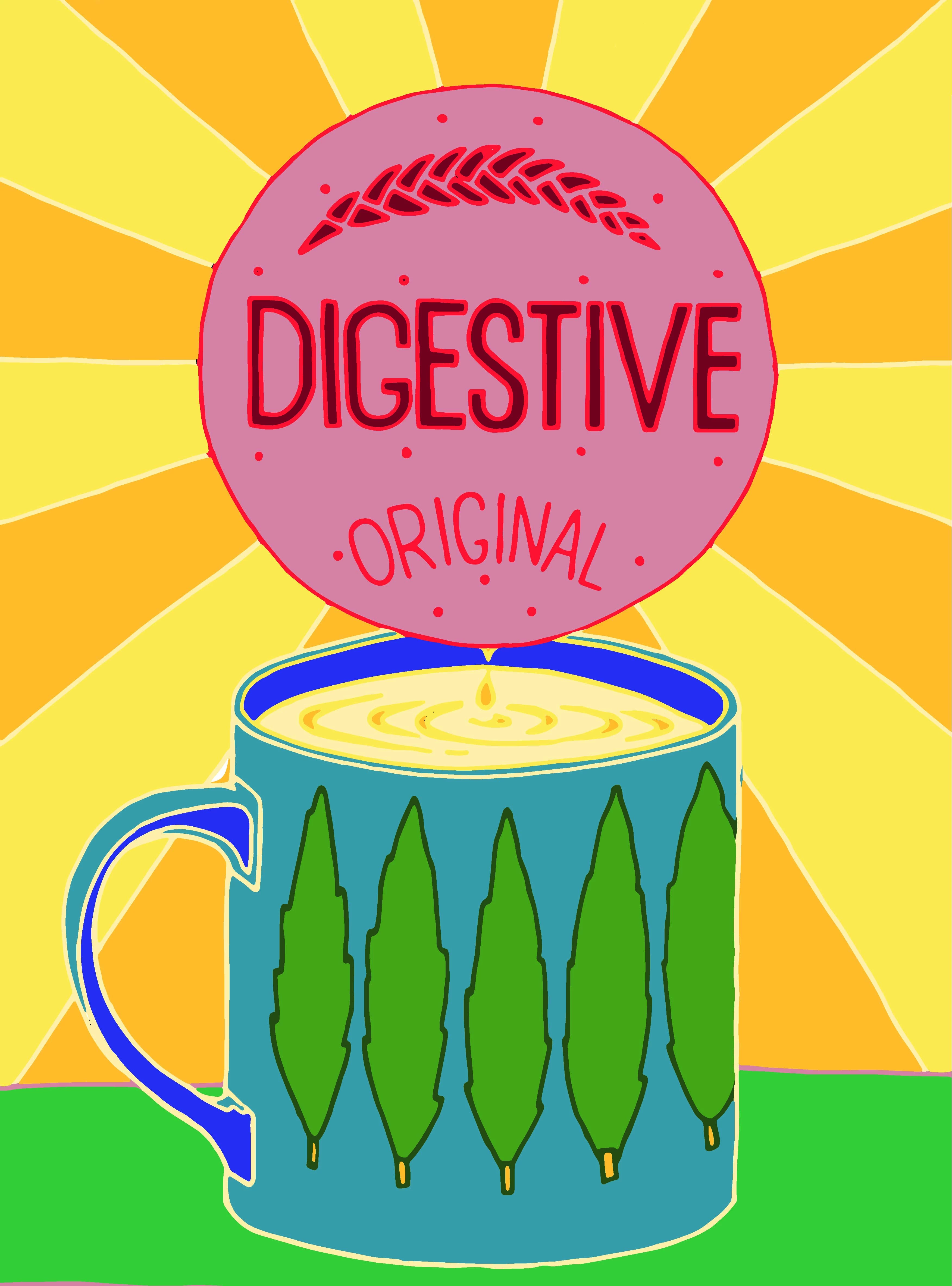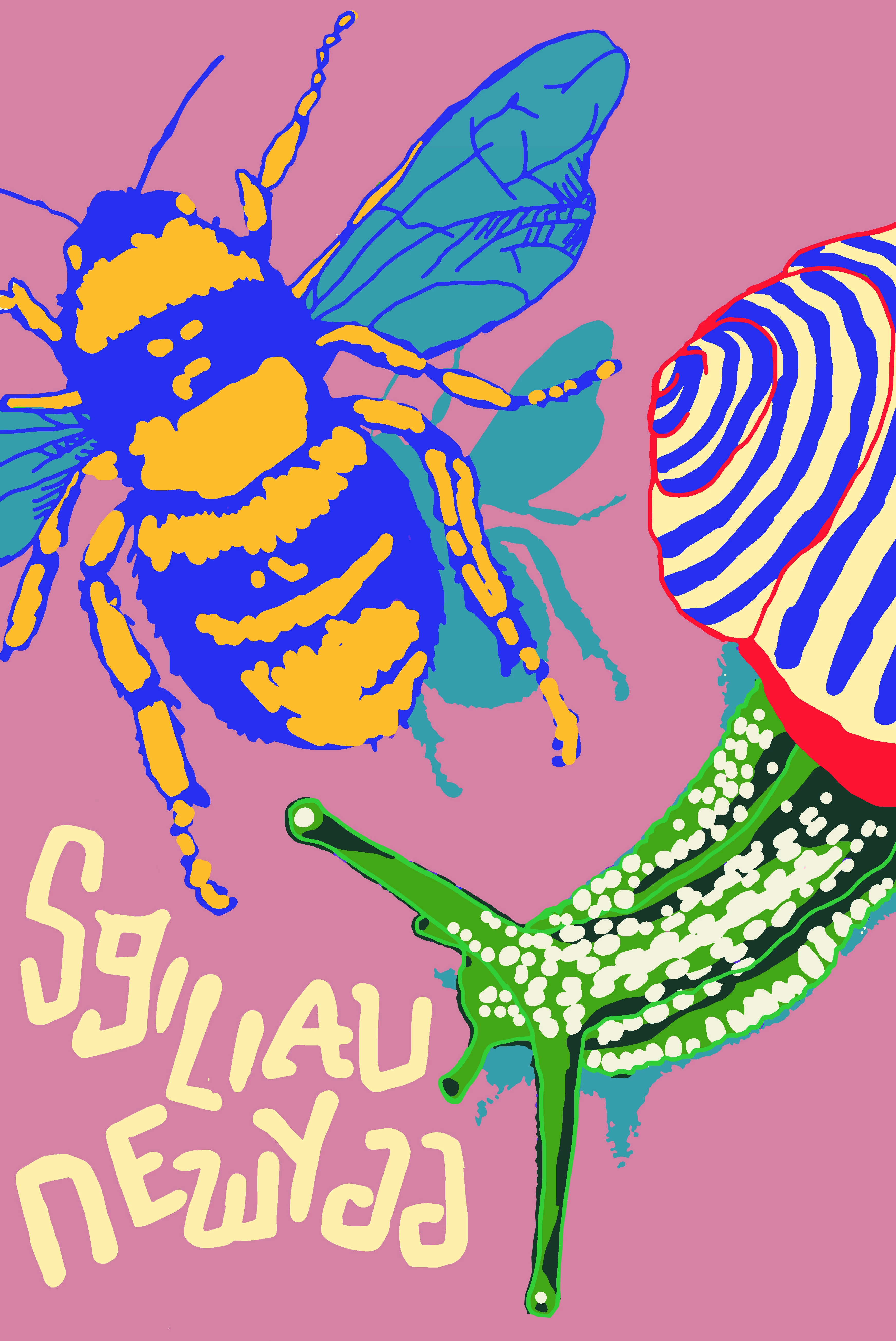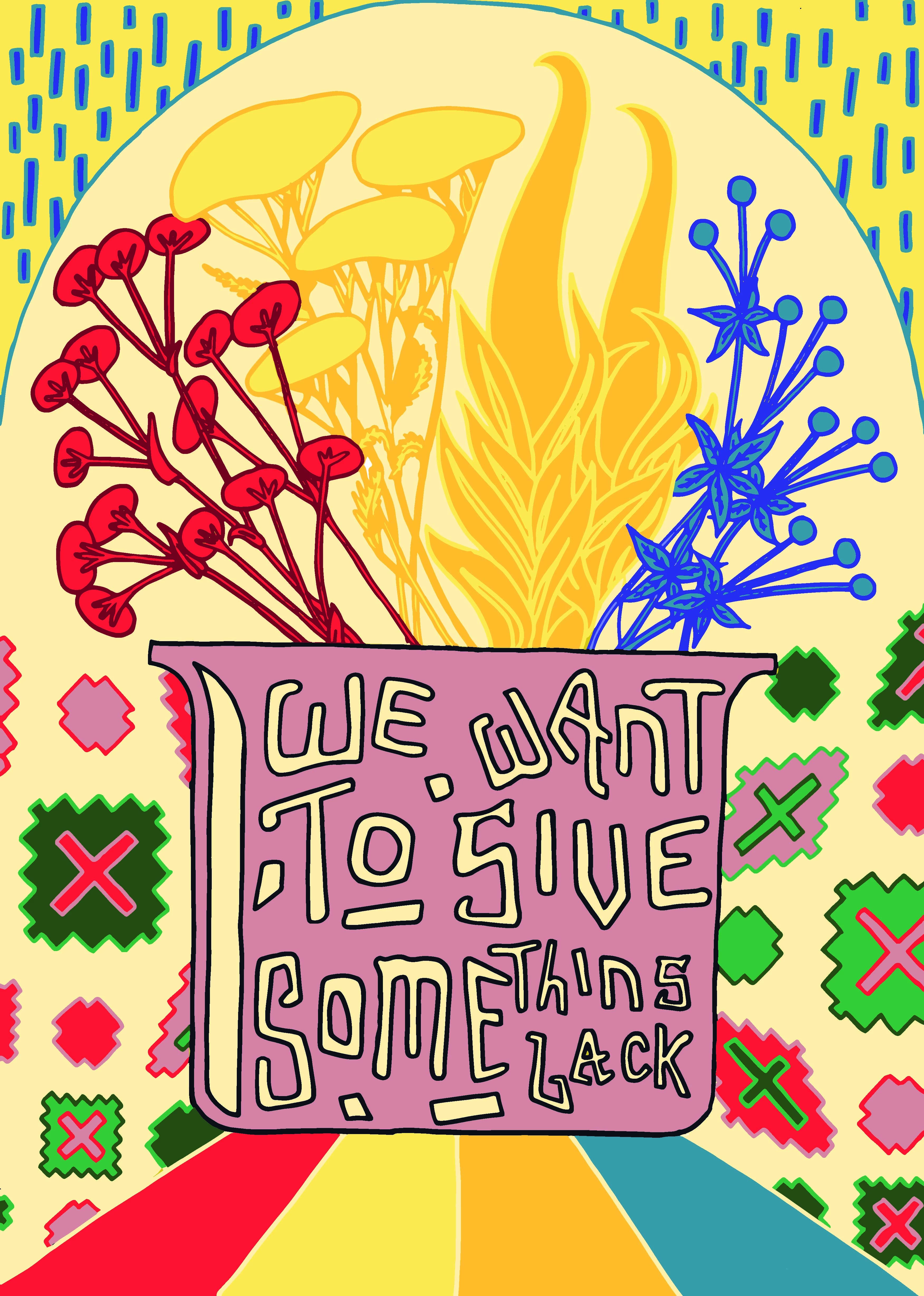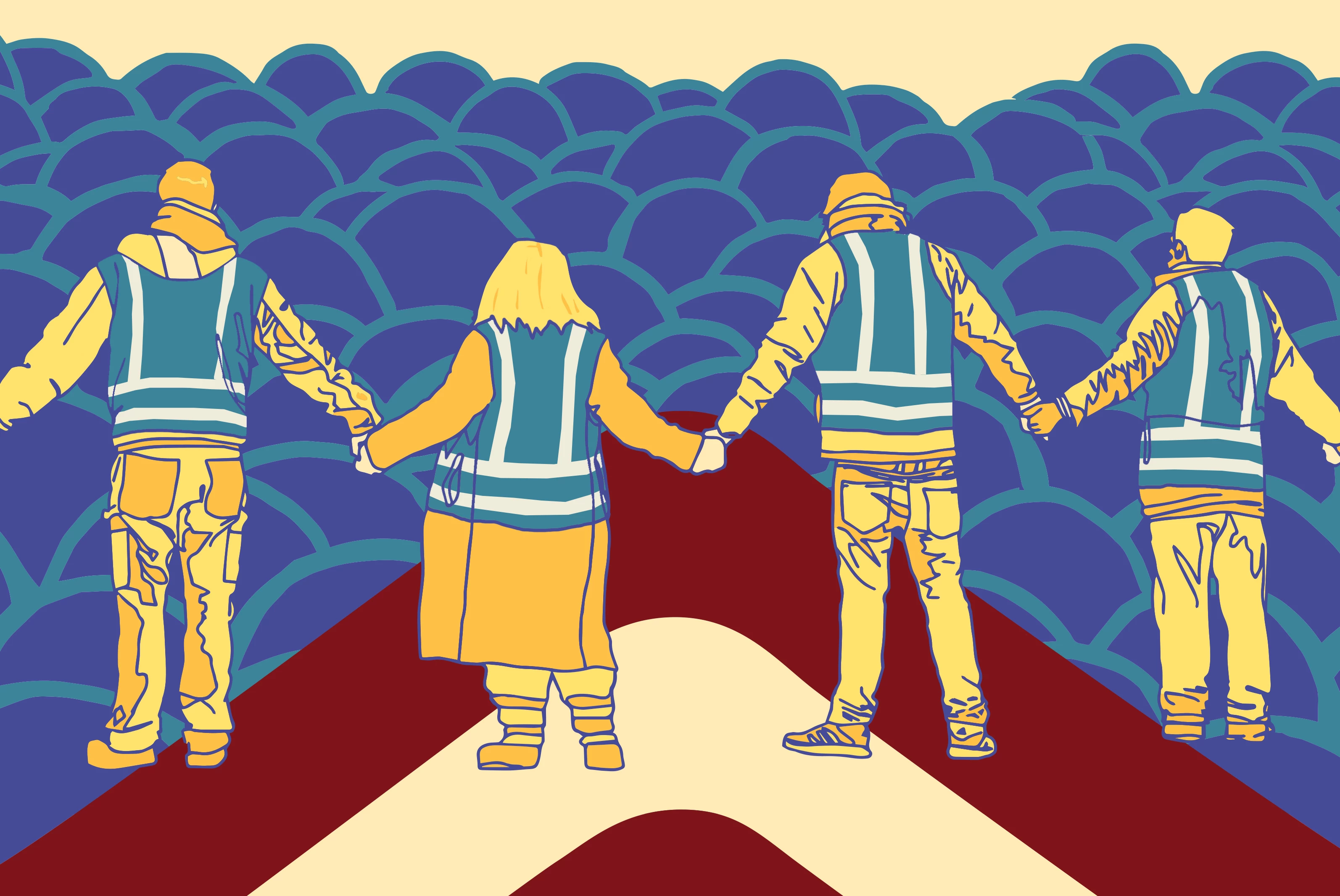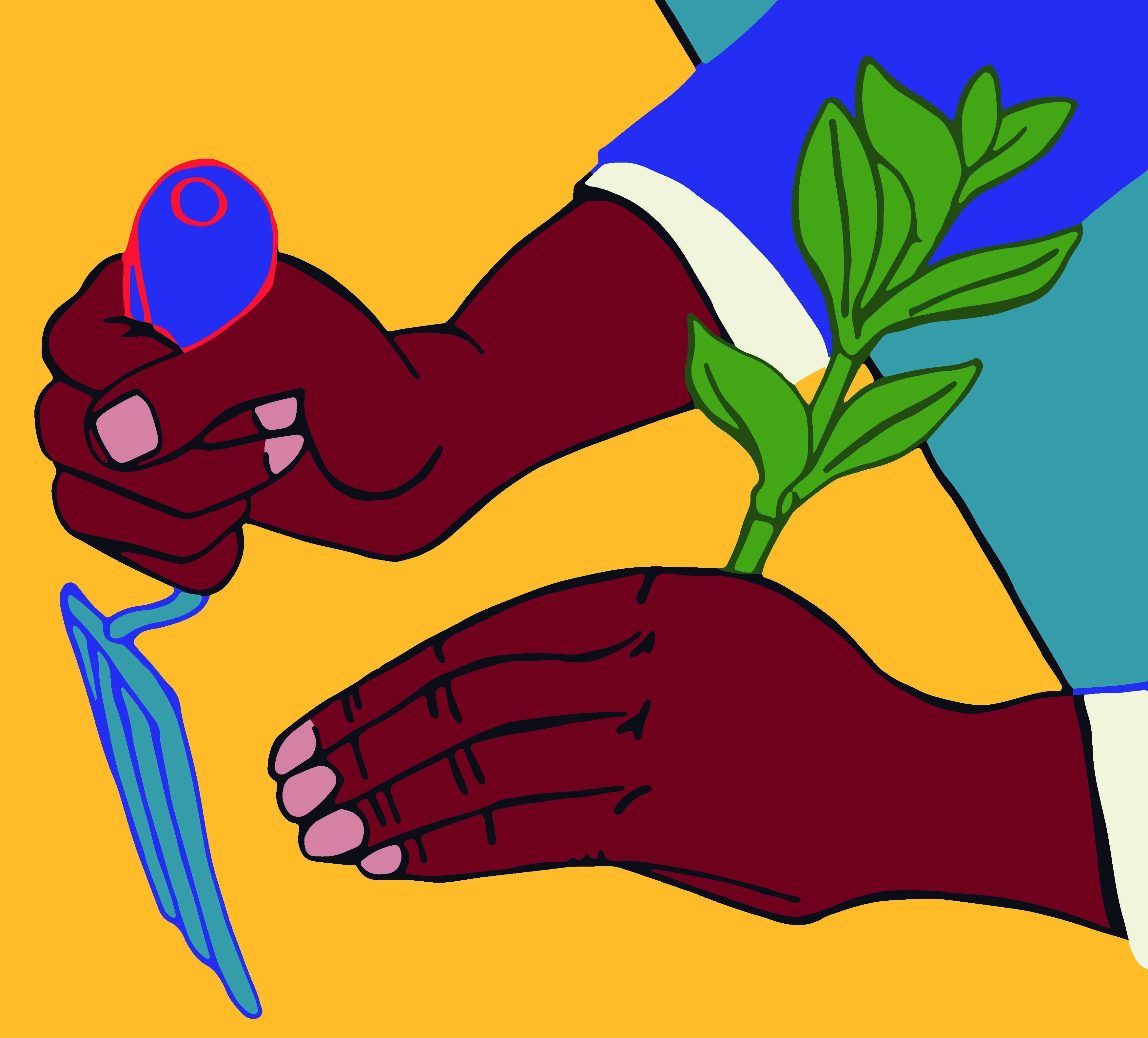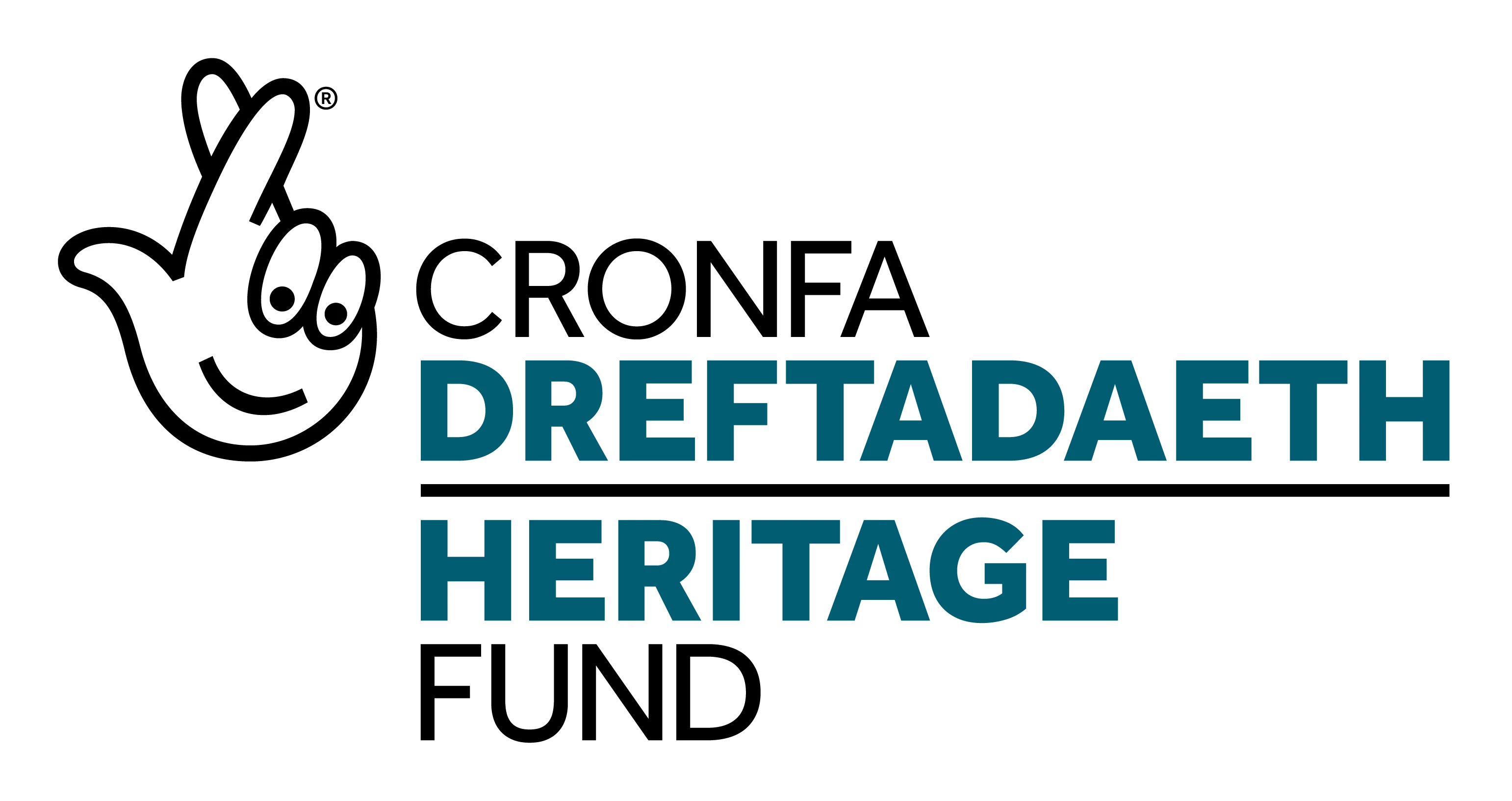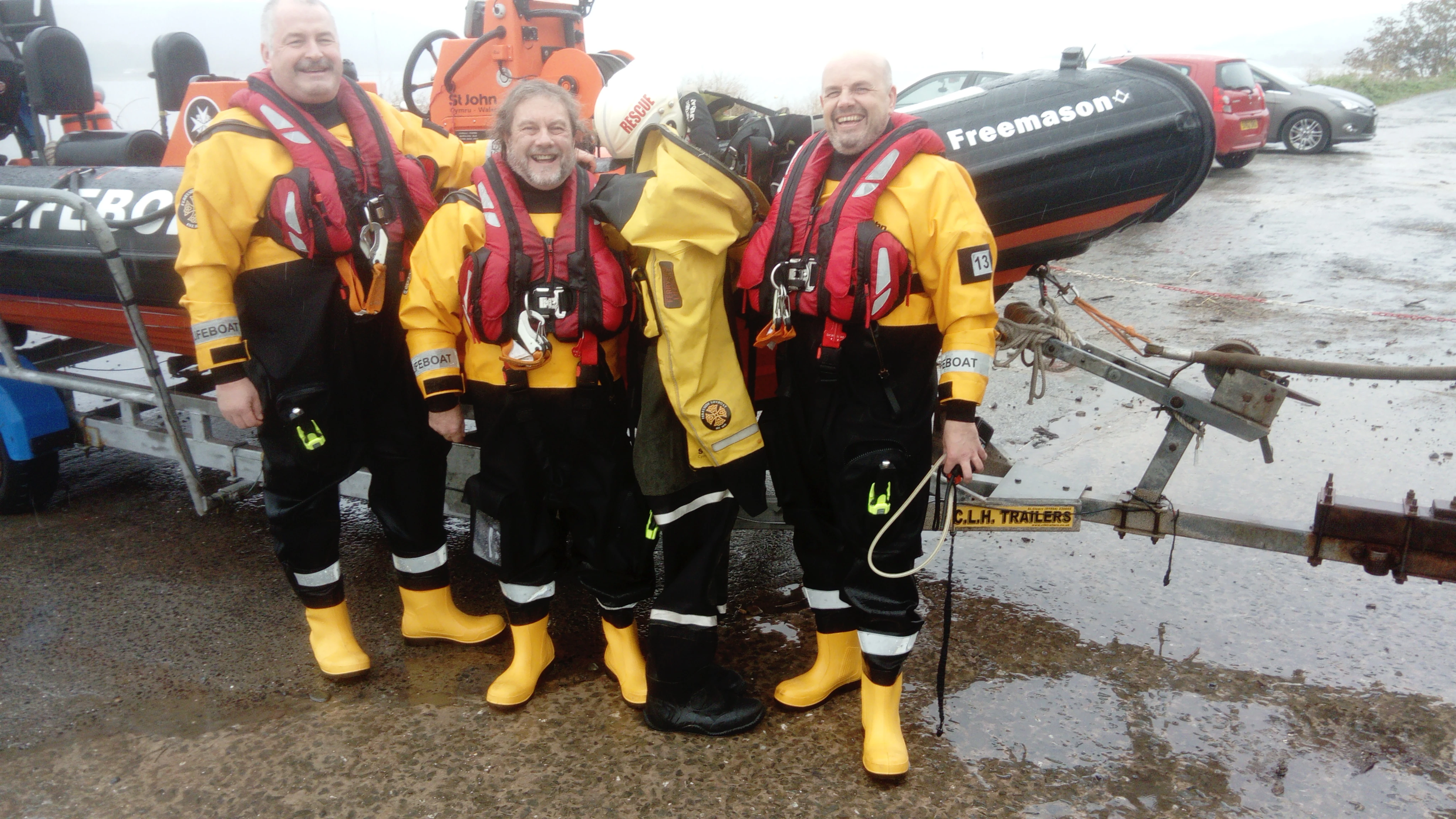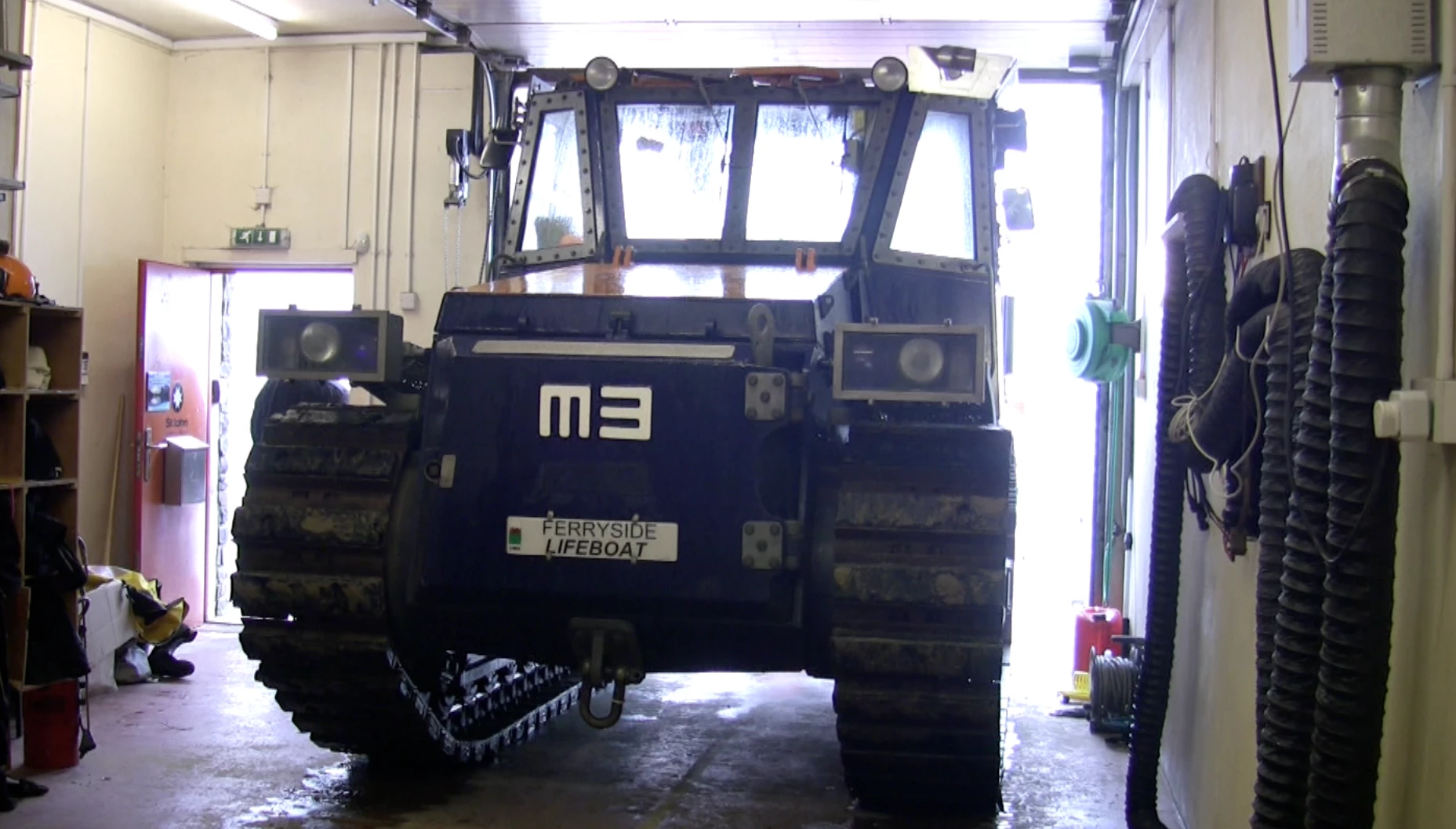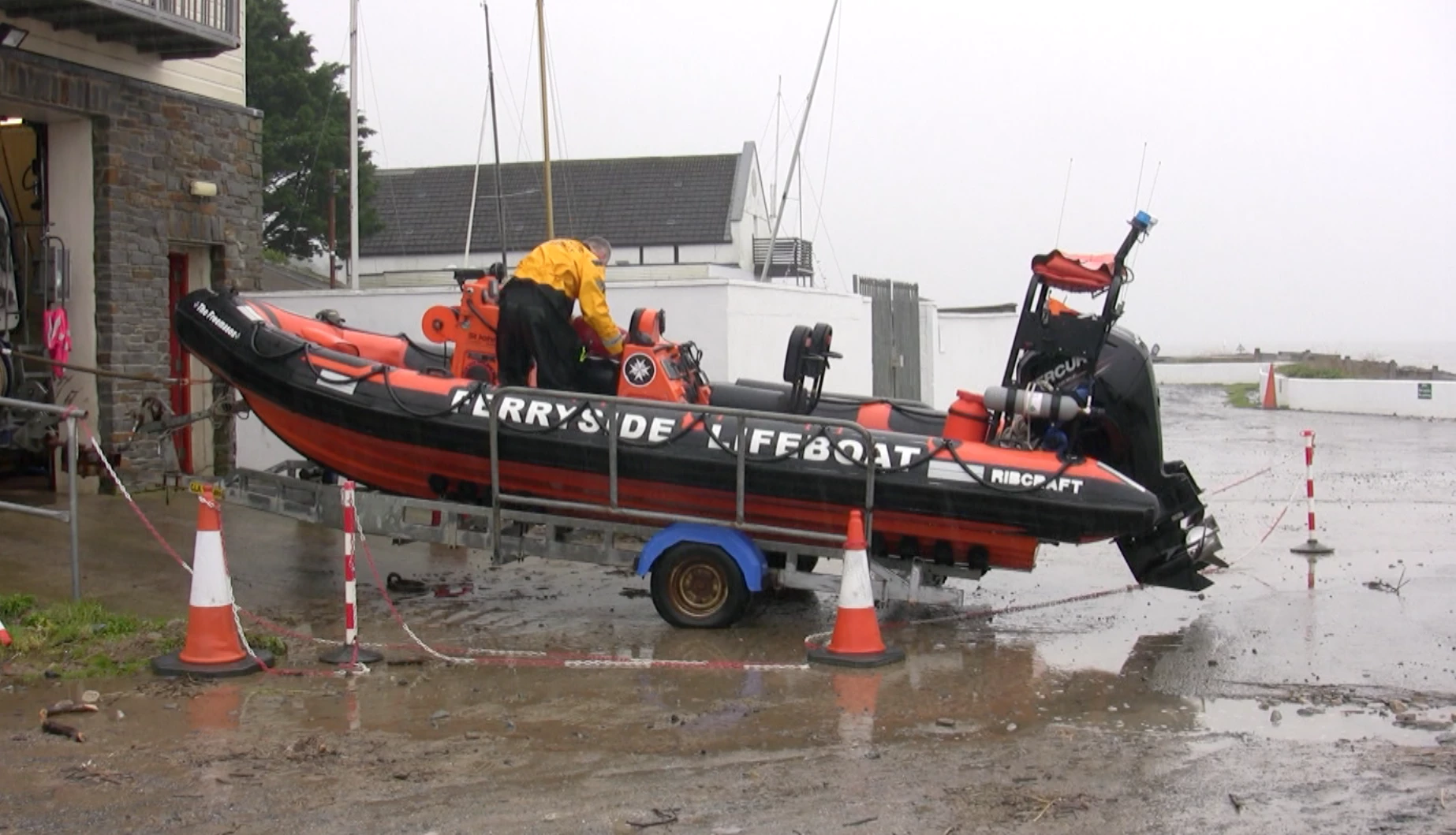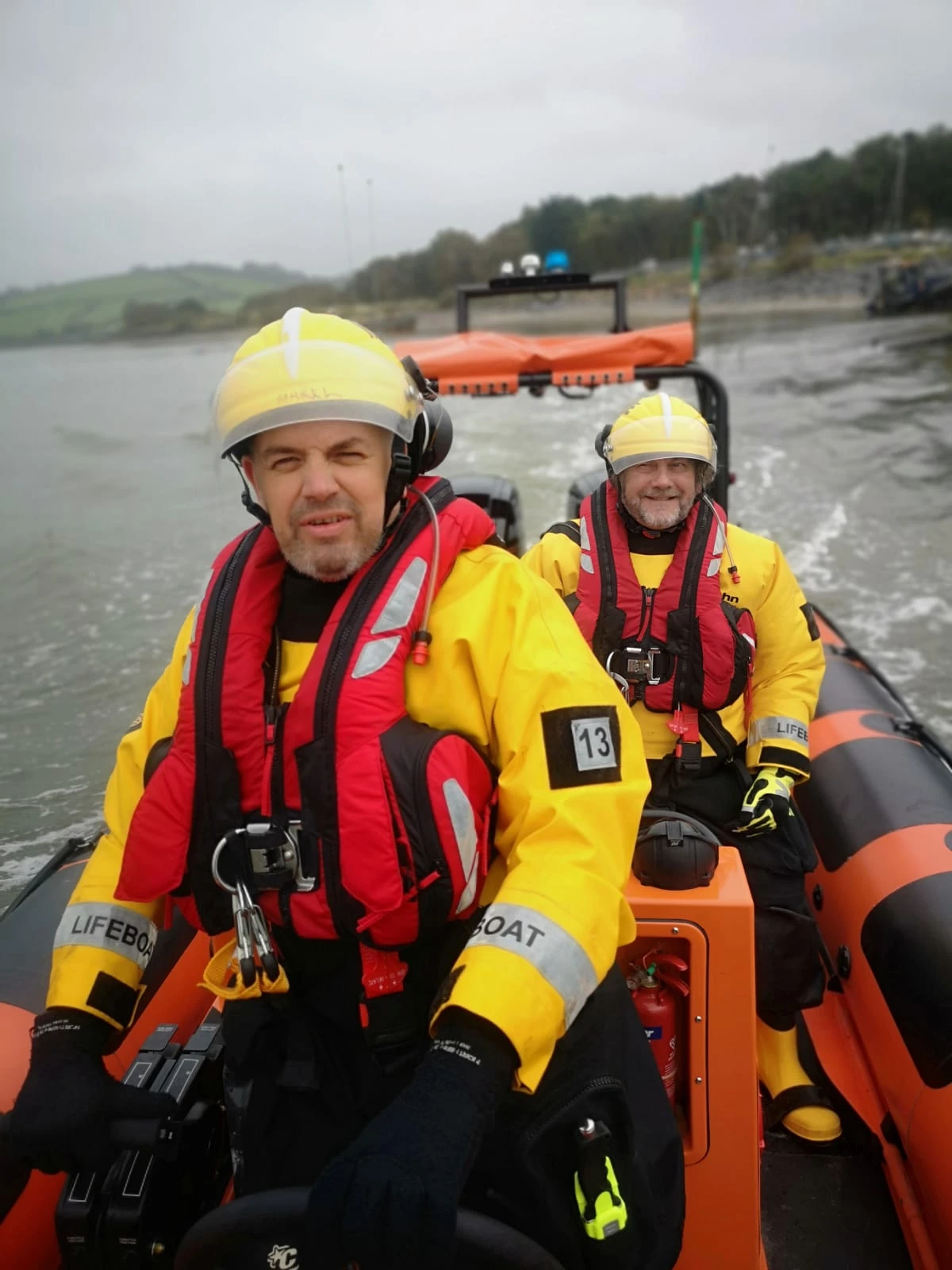The Romans have returned!
, 23 Hydref 2019
The National Roman Legion Museum in Caerleon will be open from 24th October 2019 – just in time for the half term holidays!
Getting a new roof is never straightforward, especially for a museum with 1,700 objects on display.
We’ve been closed to the public for a year while the gallery was turned into a building site. We now have a brand new roof, new lights, display panels and a lick of paint; everything’s looking shiny and new! Now all we need is visitors to come and enjoy it.
What happened to the artefacts?
While the builders have been working, the artefacts have been looked after at National Museum Cardiff.
For some of these objects, it’s the first time they have been out of the display cases for 30 years, so now is the ideal opportunity to have them checked and treated by the archaeology conservator, and photographed so that they can go into Collections Online – our online catalogue where you will be able to see images and details of all of the objects that are on display.
Museum photographer Robin Maggs photographing a Roman glass bottle
Some objects are too big to move and had to stay where they are, so they have been boxed in and kept safe throughout the building work.
Gallery during the works
Before the objects were returned, those display cases needed a thoroughly good clean, and there’s only one way to really clean the inside of a case – that is to get inside it!
Museum Assistant Paul cleaning inside a display case
Ever looked closely at how objects in museums have been held up, or positioned on display? Hopefully not! It’s thanks to the curators that you don’t notice these things, so that your attention is drawn to the objects themselves. It can be painstaking work, but it’s worth it in the end.
Curator Jody Deacon placing the skeleton back in his coffin
Curator Alastair Willis re-displaying Roman coins
What next?
Now the objects are back in their display cases, back home where they belong, ready for you to come and enjoy them. We’re really looking forward to sharing our wonderful collections with you.
We also have all manner of activities, crafts and storytelling going on in half term, not to mention, of course, your opportunity to meet a Roman soldier.
